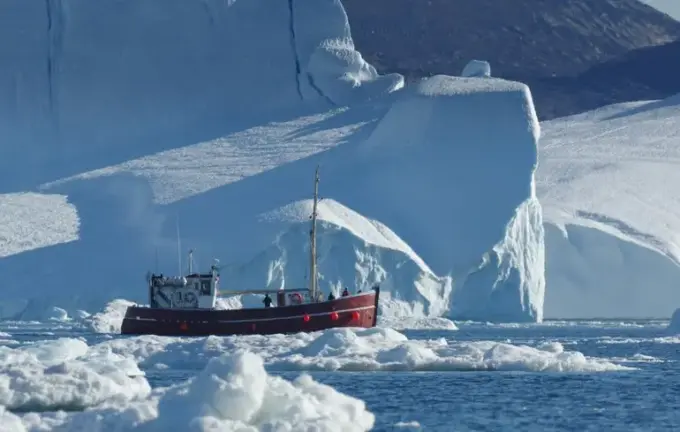Climate Change and Its Impact on Greenland: Gradual Movement and Ice Mass Disintegration

The escalating effects of climate change are initiating a new phase in Arctic geological processes.
Greenland, the world’s largest island, is undergoing continual transformations driven by global warming.
Researchers from the Technical University of Denmark report that massive ice sheets are melting at a rapid pace due to rising regional temperatures.
These processes not only cause mass ice loss but also alter the island’s geological shape, leading to gradual stretching and deformation.
These dynamic movements result in Greenland slowly drifting northward at approximately two centimeters per year, impacting the integrity of the entire island.
Simultaneously, the region experiences horizontal expansion and compression of the Earth’s crust due to intense seismic activity and worldwide megatsunami phenomena.
Scientists note that these shifts involve both expansion and contraction of the land — some areas are stretching, others shrinking.
Overall, Greenland is becoming slightly smaller, although accelerated ice melt may lead to future changes.
The region’s geological movements are complex: recent decades have seen uplift from melting glaciers, yet the land also shifts downward due to ancient geological processes related to the last Ice Age.
These findings are crucial for understanding the scale of Arctic changes under increasing global temperatures.
Experts emphasize that land movements and surface shifts are not only of geological interest but also critical for navigation and geodesy, as even fixed reference points in Greenland are slowly migrating.
Earlier studies have uncovered mysterious traces in Greenland’s ice, further highlighting the region’s dynamic and fragile nature in the face of climate change.

